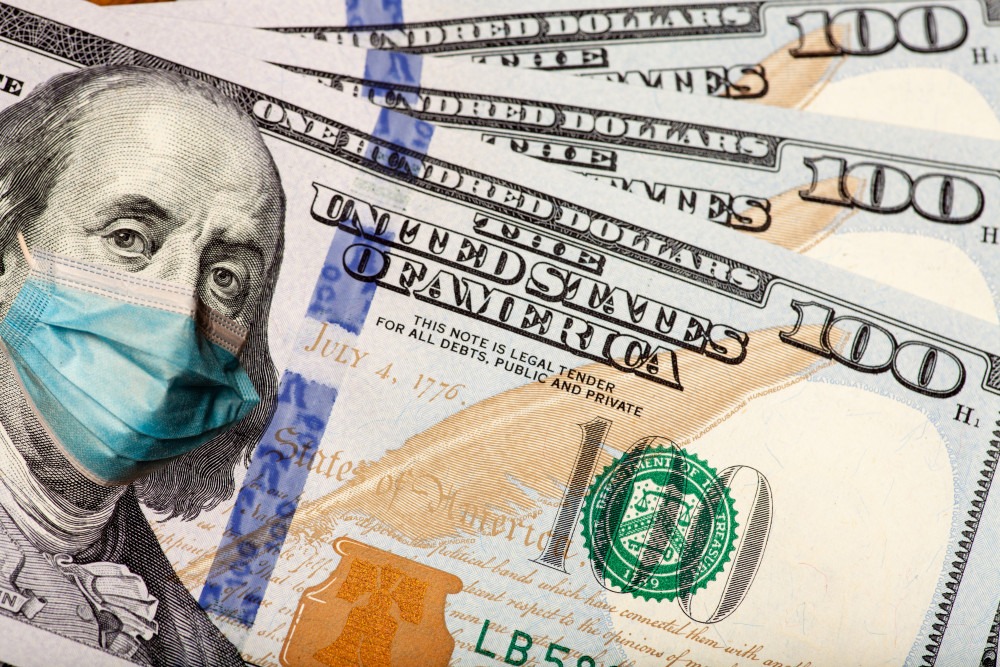
The newest White House budget proposal would put billions of dollars in funding toward public health, drug, and research initiatives, offering what the Infectious Diseases Society of America (IDSA) called the potential to return the United States to leadership in infectious disease responses.
At the same time, the society of health experts warned over perceived funding gaps it would leave, including dealing with growing antimicrobial resistance, developing new drugs, and pathogen surveillance. Without pushing forward on these fronts, IDSA warned, public health efforts could be compromised. Even in HIV and tuberculosis programs, which IDSA was happy to see receive attention anew, flat funding could, in its estimation, undermine years of progress.
“IDSA will continue to call on Congress to build a healthier world and a safer nation, with support for the vision exemplified by this budget proposal, and by filling the gaps it leaves, with the funding our global and domestic health security and progress will require,” IDSA said in a statement.
The proposal would provide $9.497 billion in funding for the U.S. Centers for Disease Control and Prevention (CDC) — a $1.6 billion increase over the 2021 level to accommodate improved data collection, training, and disease detection efforts. Hundreds of millions would also go toward CDC Global Health, global health protection, public health infrastructure — which was not funded at all in 2021 — surveillance and informatics, as well as expanded efforts to increase the public health workforce.
CDC-led initiatives would not be alone in attention. Between the State Department and USAID, $51 billion would be arranged for global health programs, foreign assistance, and global health security. Likewise, the National Institutes of Health and its associated agencies stand to gain $51 billion — a full $9 billion more than 2021 levels.
IDSA criticized growthless funding for the CDC’s Antibiotic Resistance Solutions Initiative, Advanced Molecular Detection Program, National Healthcare Safety Network, and global HIV/AIDS funding. Total, those initiatives would receive approximately $351 million, but IDSA notes that keeping their funding level with 2021 levels is not enough for the future.
The organization also encouraged the federal government to consider increased allocations for the Immunization Program, Divisions for Viral Hepatitis, STI Prevention and TB Elimination, the HIV Epidemic Initiative, and the ID and Opioids program.




